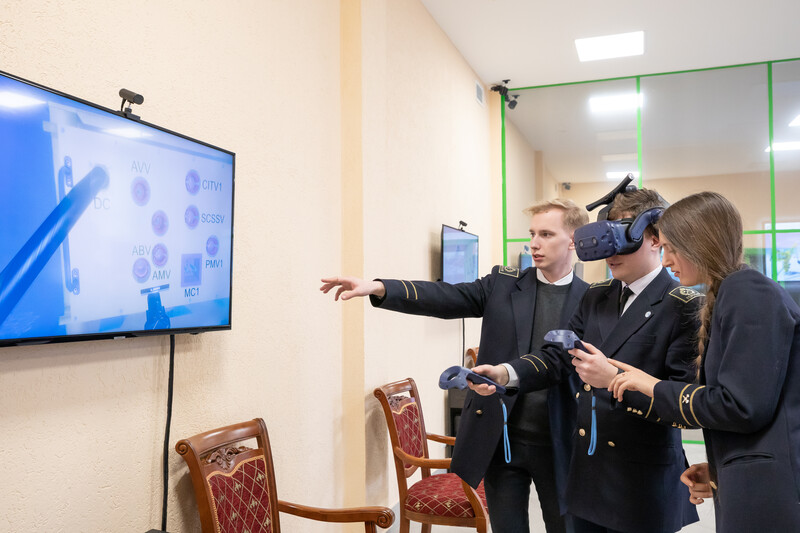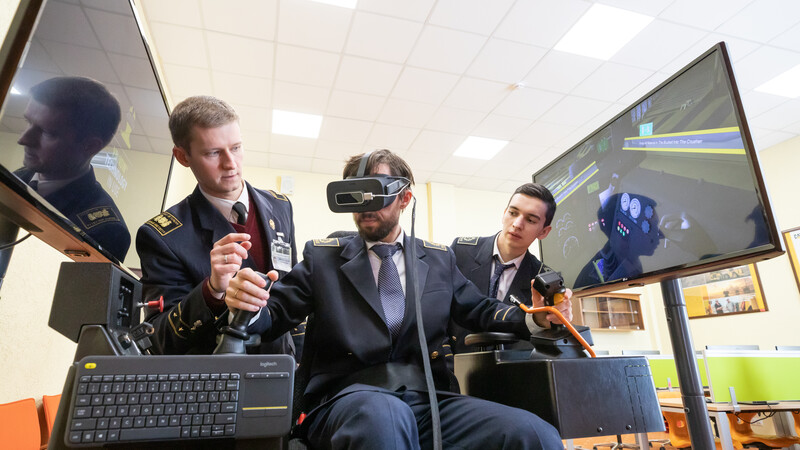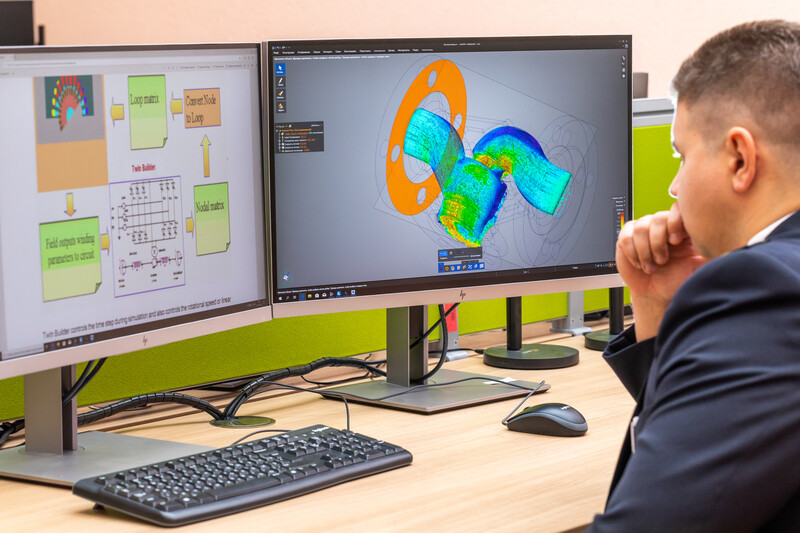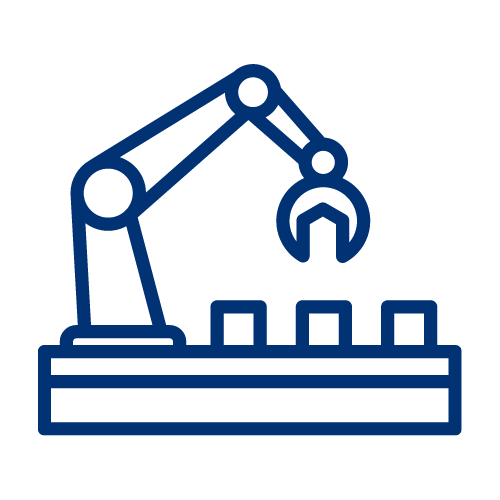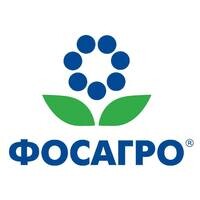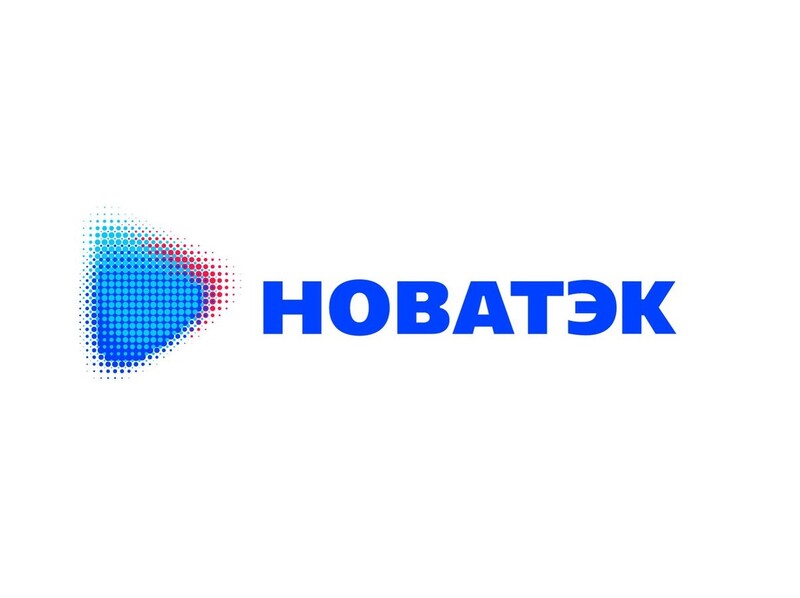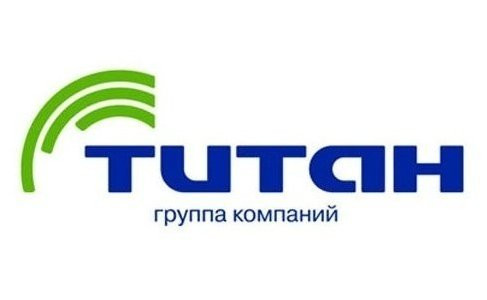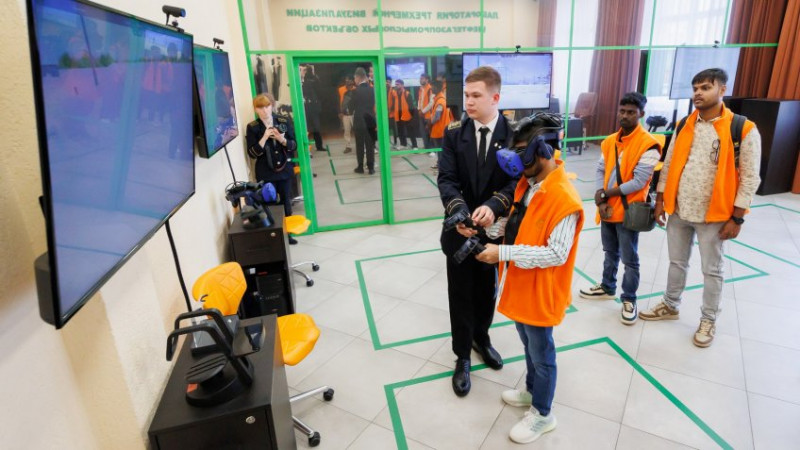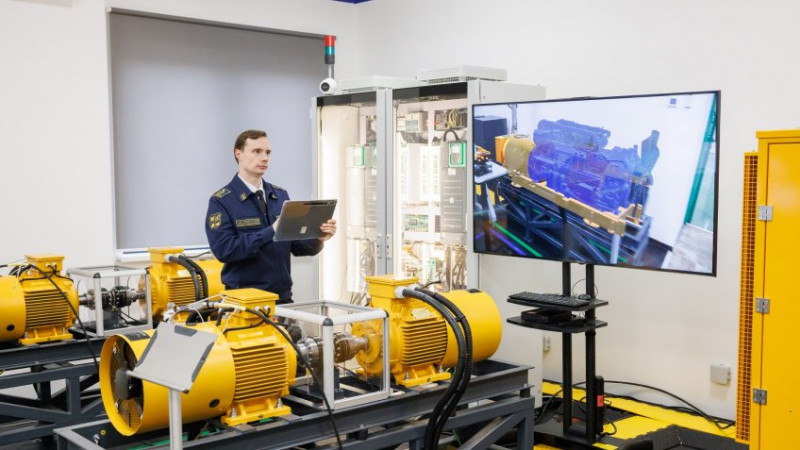
Cкорость научно-технологического прогресса и исчезновение определенных видов деятельности, связанное с проникновением автоматизации во все сферы производственных и управленческих процессов, являются факторами возможного роста для предприятий будущего. Цифровая интеграция, объединяющая научные направления, кадры, процессы, пользователей и данные, будет создавать условия для научно-технических достижений и прорывов, обеспечивая научно-экономические сдвиги в смежных отраслях и, прежде всего, на глобальном минерально-сырьевом рынке. В этой связи в 2018 году с целью обучения, исследований и разработок в области цифровых технологий для предприятий минерально-сырьевого и топливно-энергетического комплексов в Горном университете создан «Образовательный центр цифровых технологий».
Подробнее о задачах

Направления научных исследований

Исследование эффективного развития и функционирования энергетических систем на новой технологической основе, принципах энергосбережения, современной электротехнике, ВИЭ

Теория и методология информационного обеспечения объектов недропользования

Создание системы непрерывного обучения и повышения квалификации, направленной на формирование профессиональных цифровых компетенций специалистов, необходимых для обеспечения инновационного развития ТЭК и МСК

Энергосбережение и повышение энергетической эффективности

Переход к передовым цифровым, интеллектуальным производственным технологиям, роботизированным системам на предприятиях МСК и ТЭК
Данное направление предполагает рассмотрение интеллектуальных технологий управления электроэнергетическими системами, включая передачу электрической энергии, управление спросом на электрическую энергию, цифровые двойники объектов электроэнергетики, цифровые информационные модели электротехнических систем.
Читать далее
Лаборатория
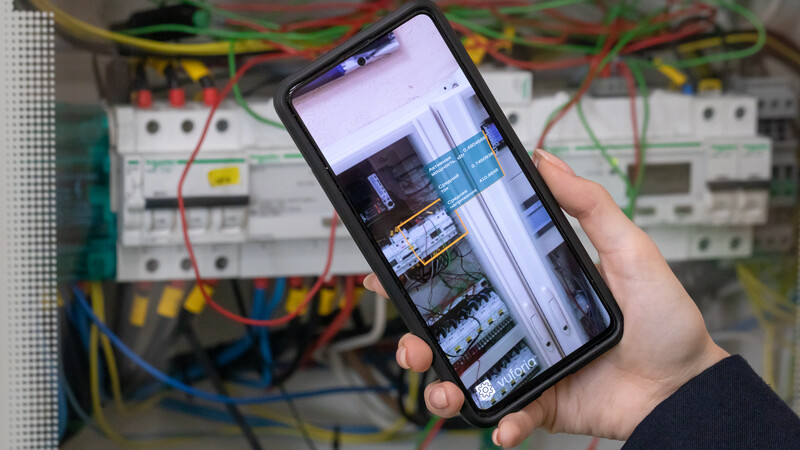

В рамках данного направления ведется разработка новых методов мониторинга и управления на основе цифровых и информационных технологий, создание информационных систем для решения задач горной отрасли.
Читать далее
Лаборатория
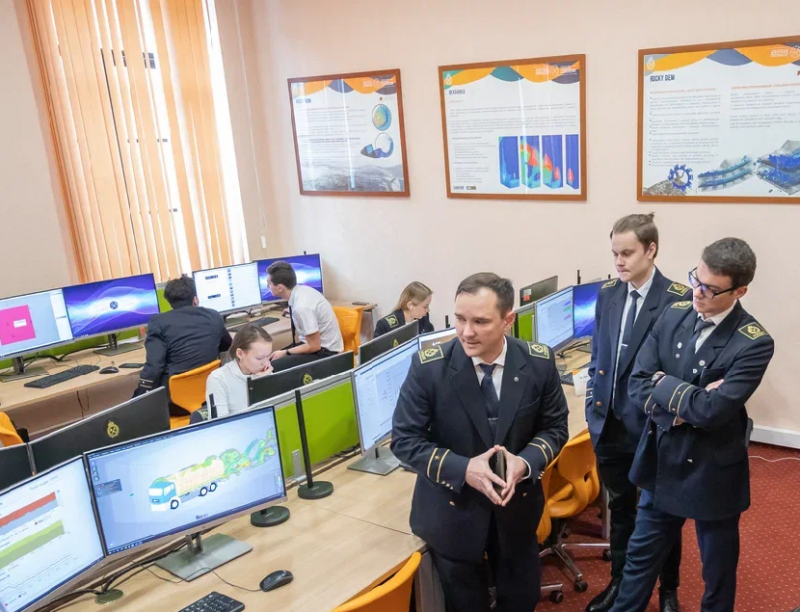

Данное направление нацелено на развитие и популяризацию инженерного образования, повышение цифровых компетенций сотрудников и обучающихся, а также реализацию программ дополнительного профессионального образования для представителей компаний ТЭК и МСК.
Читать далее
Лаборатория
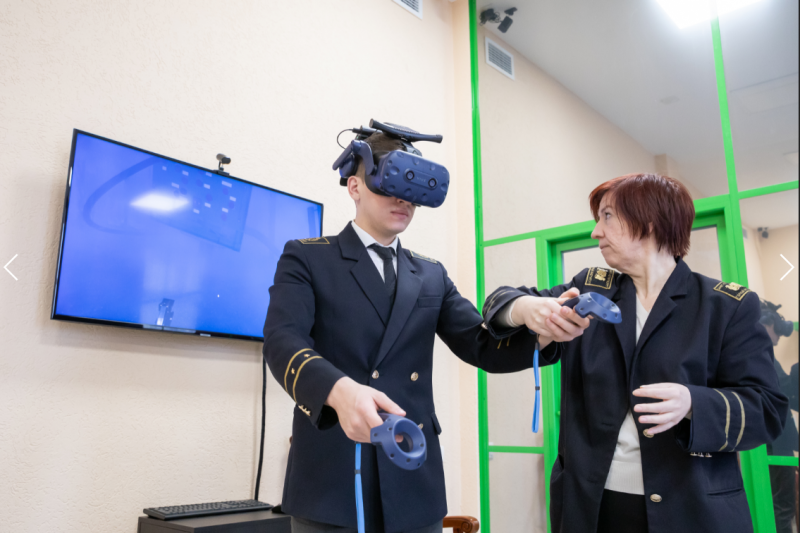

Данное направление предполагает исследование и обоснование комплексных показателей эффективности генерации, транспорта и потребления энергии при снабжении от традиционных и возобновляемых источников энергии с учетом влияния глобальных вызовов и вариации внешних факторов.
Читать далее
Лаборатория
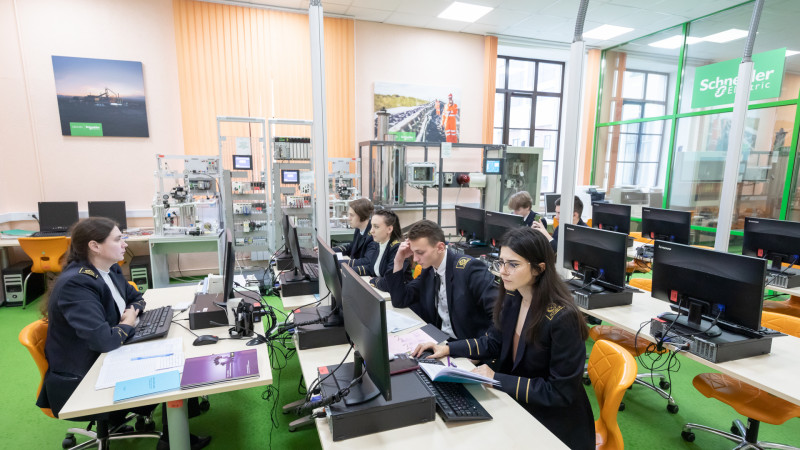

В рамках данного направления проводятся исследования, направленные на повышение эффективности оборудования и технологических процессов добычи, переработки и транспортировки полезных ископаемых.
Читать далее
Лаборатория
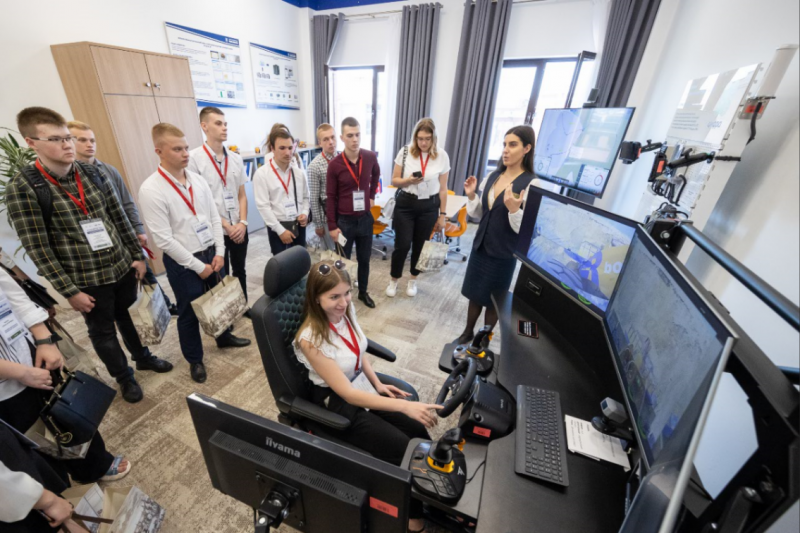

Проекты
Научные публикации

Real-time control data wrangling for development of mathematical control models of technological processes
Дата публикации: 2018-05-22
Журнал: Journal of Physics: Conference Series
Авторы: Vasilyeva, N.V, Koteleva, N.I, Fedorova, E.R.
ISSN:17426596
The relevance of the research is due to the need to stabilize the composition of the melting products of copper-nickel sulfide raw materials in the Vanyukov furnace. The goal of this research is to identify the most suitable methods for the aggregation of the real time data for the development of a mathematical model for control of the technological process of melting copper-nickel sulfide raw materials in the Vanyukov furnace. Statistical methods of analyzing the historical data of the real technological object and the correlation analysis of process parameters are described. Factors that exert the greatest influence on the main output parameter (copper content in matte) and ensure the physical-chemical transformations are revealed. An approach to the processing of the real time data for the development of a mathematical model for control of the melting process is proposed. The stages of processing the real time information are considered. The adopted methodology for the aggregation of data suitable for the development of a control model for the technological process of melting copper-nickel sulfide raw materials in the Vanyukov furnace allows us to interpret the obtained results for their further practical application.

Improving transportation efficiency belt conveyor with intermediate drive
Ключевые слова:Bet conveyor | Intermediate drive | Linear actuator | Partitions | Tension
Дата публикации: 2019-01-01
Журнал: Journal of Mining Institute
Авторы: Trufanova, I.S, Serzhan, S.L.
ISSN:25419404
Q2
(Scimago)
Modern industry in the XXI century requires high-performance and fully automated technology. The best way to meet these requirements is the introduction of new progressive technologies in the process of transportation. One of the possible ways to increase productivity, as well as automate the process of transportation, is the transition from cyclic machines to continuous transport, namely to belt conveyors. However, with the increase in the length of the conveyor there is a need for stronger belts. This can be avoided by using intermediate drives of various designs. The article describes the principle of operation of the intermediate linear drive with transverse partitions, provides formulas for calculating the values of the tractive effort, gives comparative graphs showing the effectiveness of the use of an intermediate drive in various conditions. The possibilities of increasing the capacity of an intermediate linear drive are described.

Development of the concept of an innovative laboratory installation for the study of dust-forming surfaces
Ключевые слова:Dust | Dust suppression | Dust-forming surface | Geoecology | Hopper | Life safety | Wind tunnel | Wind velocity
Дата публикации: 2021-10-29
Журнал: Journal of Mining Institute
Авторы: Ivanov, A.V, Smirnov, Y.D, Chupin, S.A.
ISSN:25419404
Q2
(Scimago)
Currently, the determination of the emission rate of suspended solids from a unit of the surface area of a man- made mass at various parameters of the wind flow is not sufficiently described. The analysis of the world experience of researchers shows that existing laboratory installations have various design features that do not allow to correctly determine the mass of the dust being flapped and wind-blown. Based on the analysis results, the concept of an innovative laboratory installation for the study of dust-forming surfaces has been developed. It takes into account the influence of wind shadows, the deturbulization of an artificially created air flow, the possibility of regulating not only the flow velocity mode, but also the creation of a vacuum or disturbance in the area of sample placement, as well as the formation of a certain angle of wind flow attack relative to the surface. The concept provides for the possibility of determining the volume of dust emissions by the values of the lost dust masses in the sample and by the values of dust concentrations in the outgoing stream. The calculation of the main basic elements of the installation using the ANSYS FLUENT software package was carried out. The model and configuration of the wind tunnel have been developed and calculated, the main geometric parameters and functional elements for the possibility of use in scientific work have been determined. For practical use of the empirical roughness value of the underlying surface, its values are recommended in a wide range - from zero for the water surface to 0.44 for large cities with tall buildings and skyscrapers.
Отзывы партнёров
"Together with the Educational Center of Digital Technologies at St. Petersburg Mining University, we have been collaborating for several years to shape fundamental and applied challenges and ideas for the digitalisation of the mining industry."
"We are very glad to be part of the process that the Educational Center of Digital Technologies at St. Petersburg Mining University is engaged in. We are confident that this centre can become an assembly point for all those new solutions that will bring the mining industry to a new level."
The Committee for the Fuel and Energy Complex of the Leningrad Region expresses its gratitude to you for your support in holding the Festival and organising an informative exposition of the enterprise aimed at attracting the young generation to the fuel and energy complex profession.
Thanks to your efforts, we will be able to further educate young people full of strength and aspirations for knowledge and creativity in the field of energy saving.
We hope for further fruitful co-operation in the field of energy saving.
Thanks to your efforts, we will be able to further educate young people full of strength and aspirations for knowledge and creativity in the field of energy saving.
We hope for further fruitful co-operation in the field of energy saving.
On behalf of the Ministry of Energy of Russia, we would like to express our gratitude to the WeWatt team of young researchers for the great and necessary work for the industry, done under your leadership on a proactive and pro bono basis.
The results of this study will serve as a basis for further work in this area and will be useful to coal companies in carrying out digital transformation of production facilities, contributing to the effective and successful achievement of the goal.
The results of this study will serve as a basis for further work in this area and will be useful to coal companies in carrying out digital transformation of production facilities, contributing to the effective and successful achievement of the goal.
Institute for Problems of Integrated Subsoil Development, Dmitry Klebanov
Leonid Zhukov, Director of SITECH Division of Zeppelin Rusland Ltd.
Committee for Fuel and Energy Complex, Chairman of the Committee Y.V. Andreev
Ministry of Energy of the Russian Federation
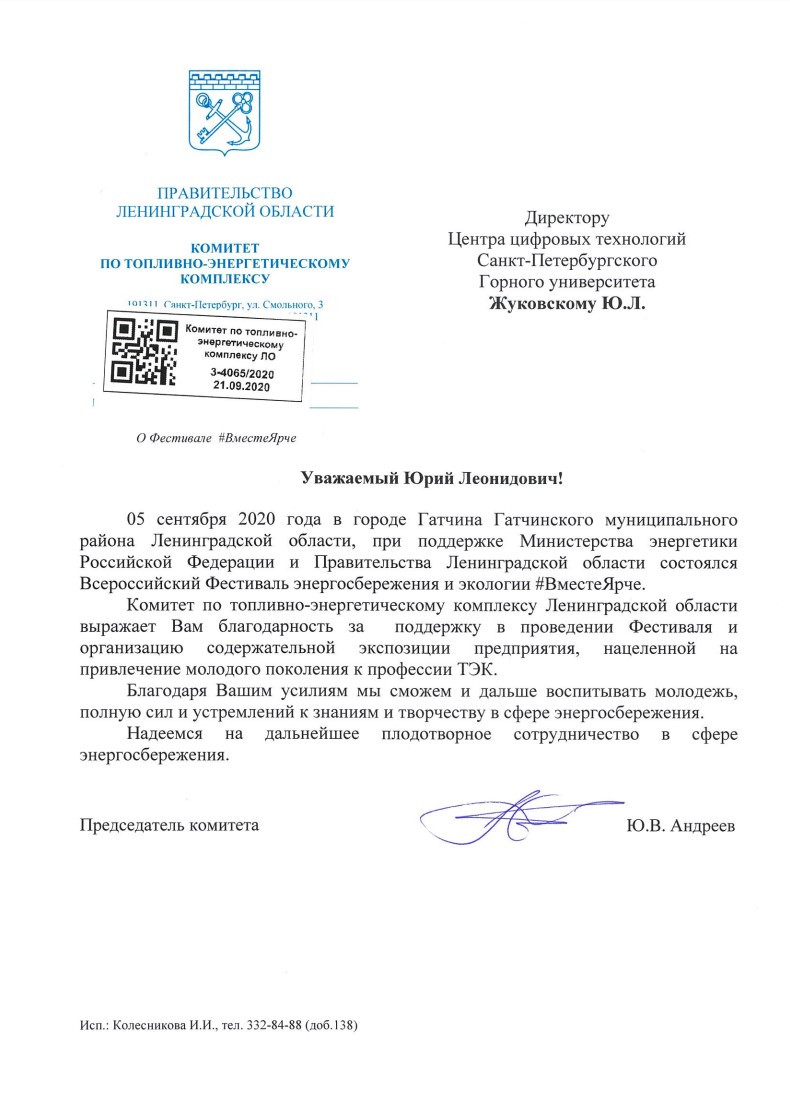
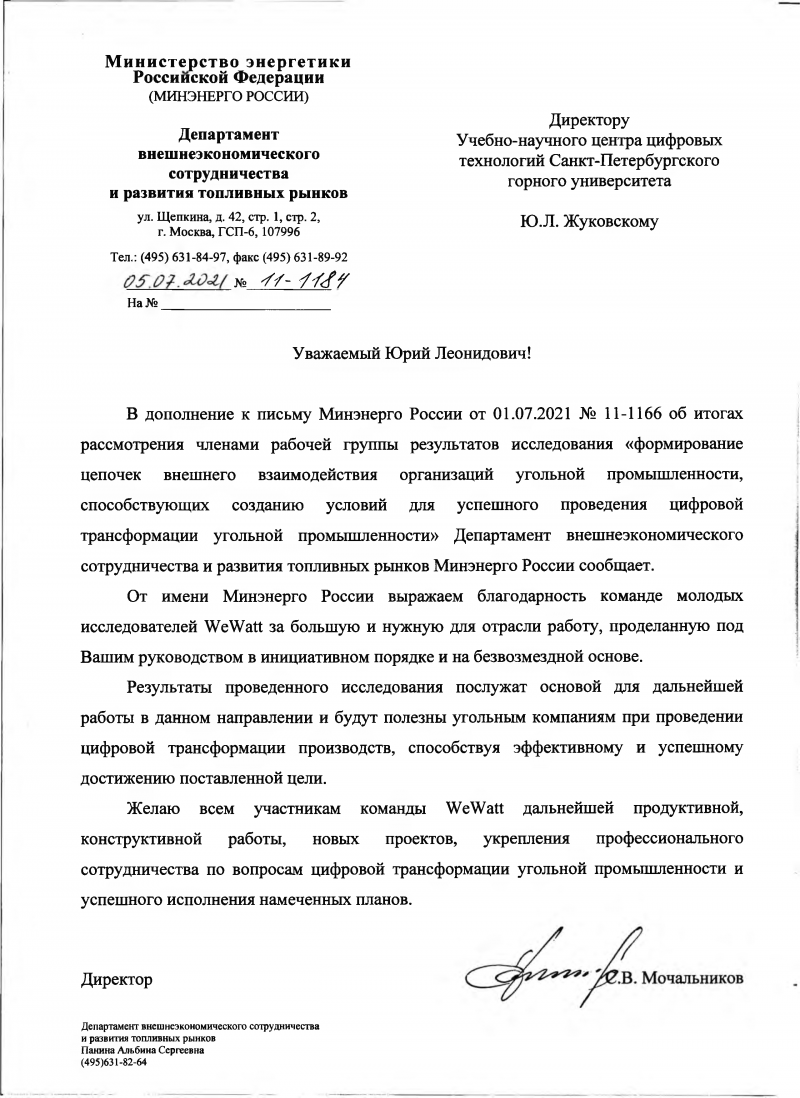

Научный центр в лицах
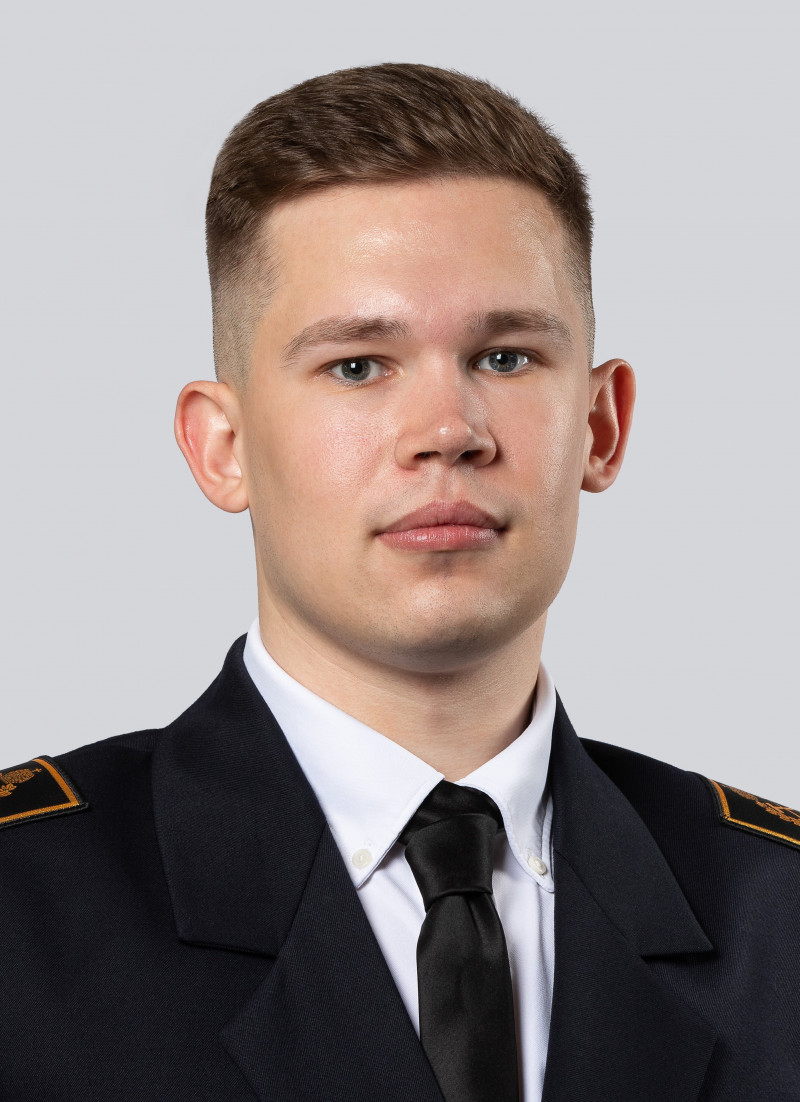
Замараев Степан Сергеевич
инженер

Москвин Константин Юрьевич
главный специалист
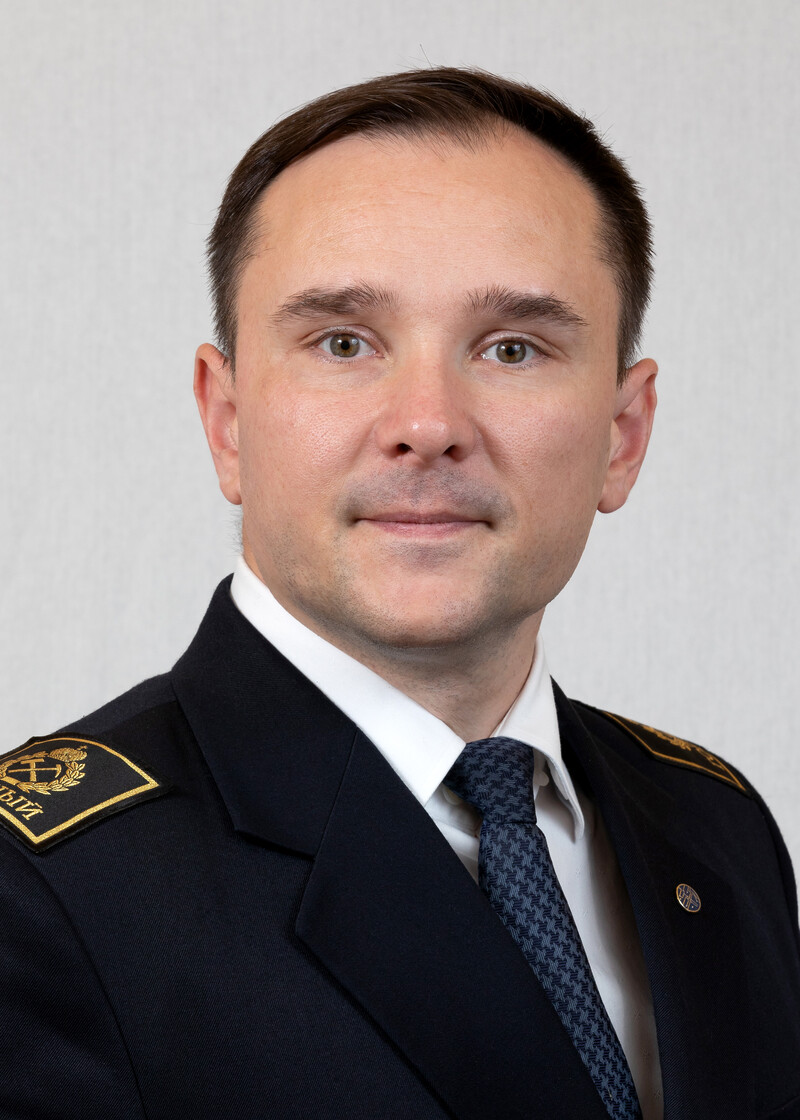
Жуковский Юрий Леонидович
Директор Образовательного центра цифровых технологий
д.т.н. / доцент
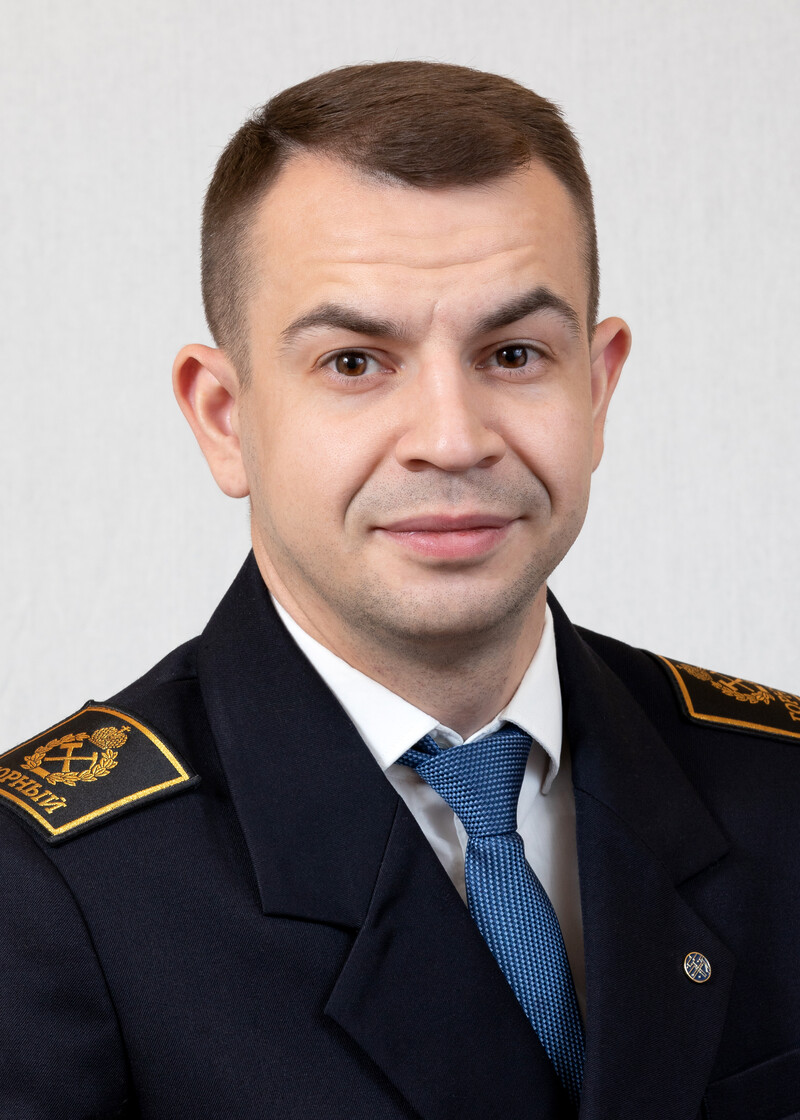
Королёв Николай Александрович
доцент
к.т.н.
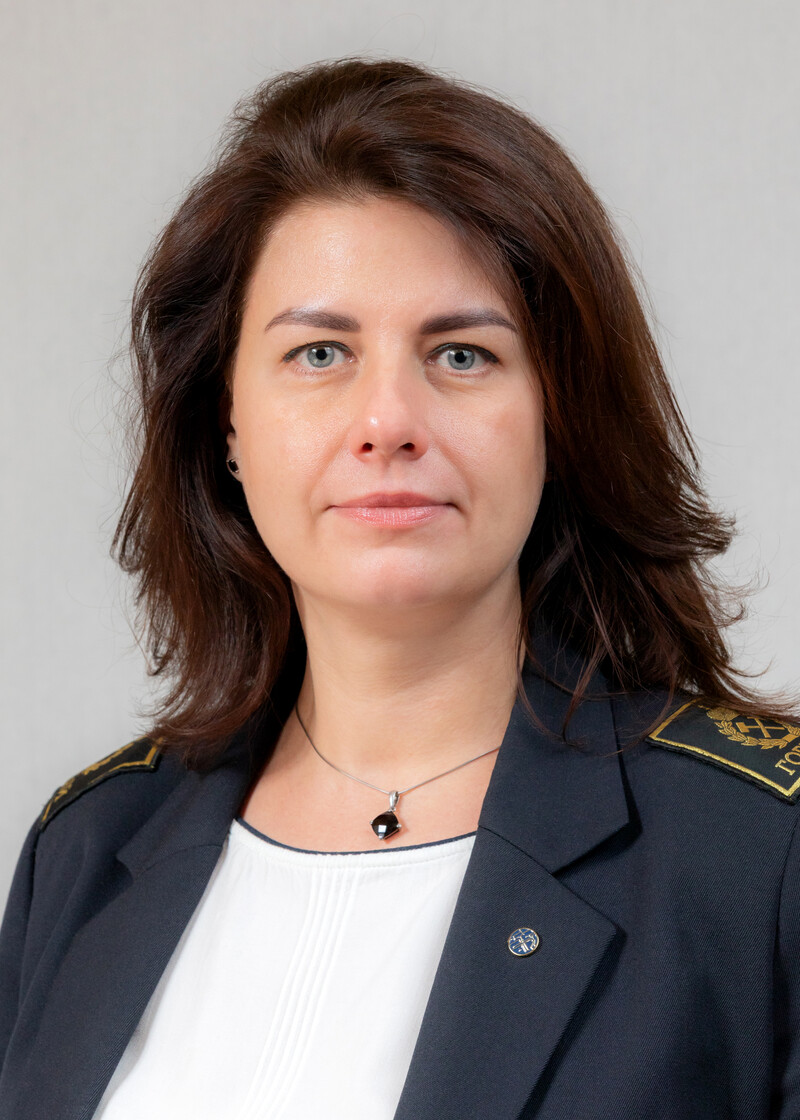
Николайчук Любовь Анатольевна
Заместитель директора по образовательной деятельности
к.э.н. / доцент
Обратная связь




